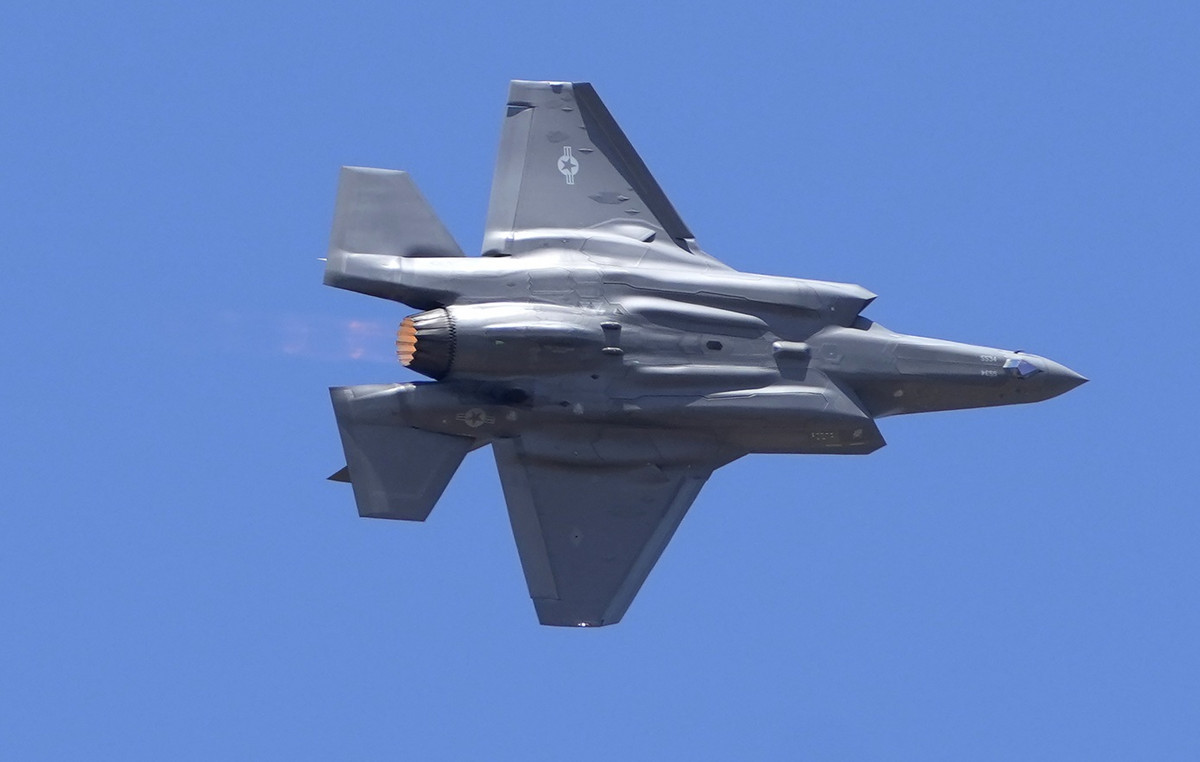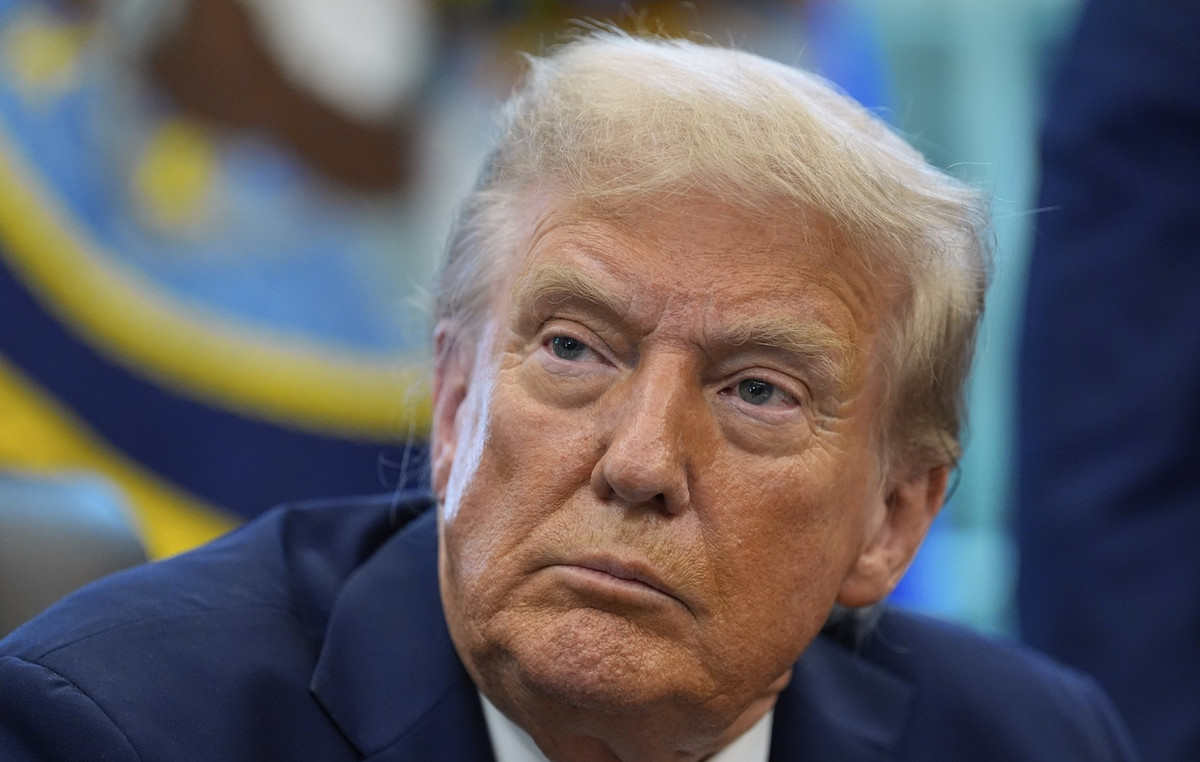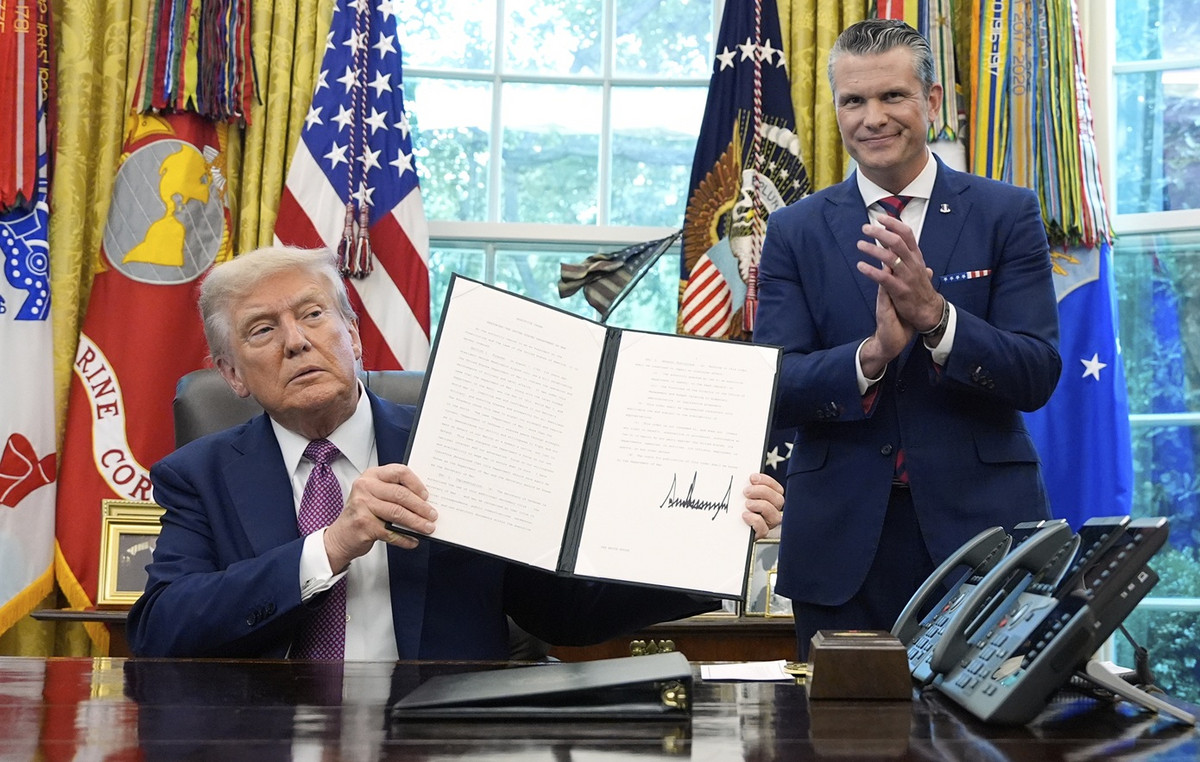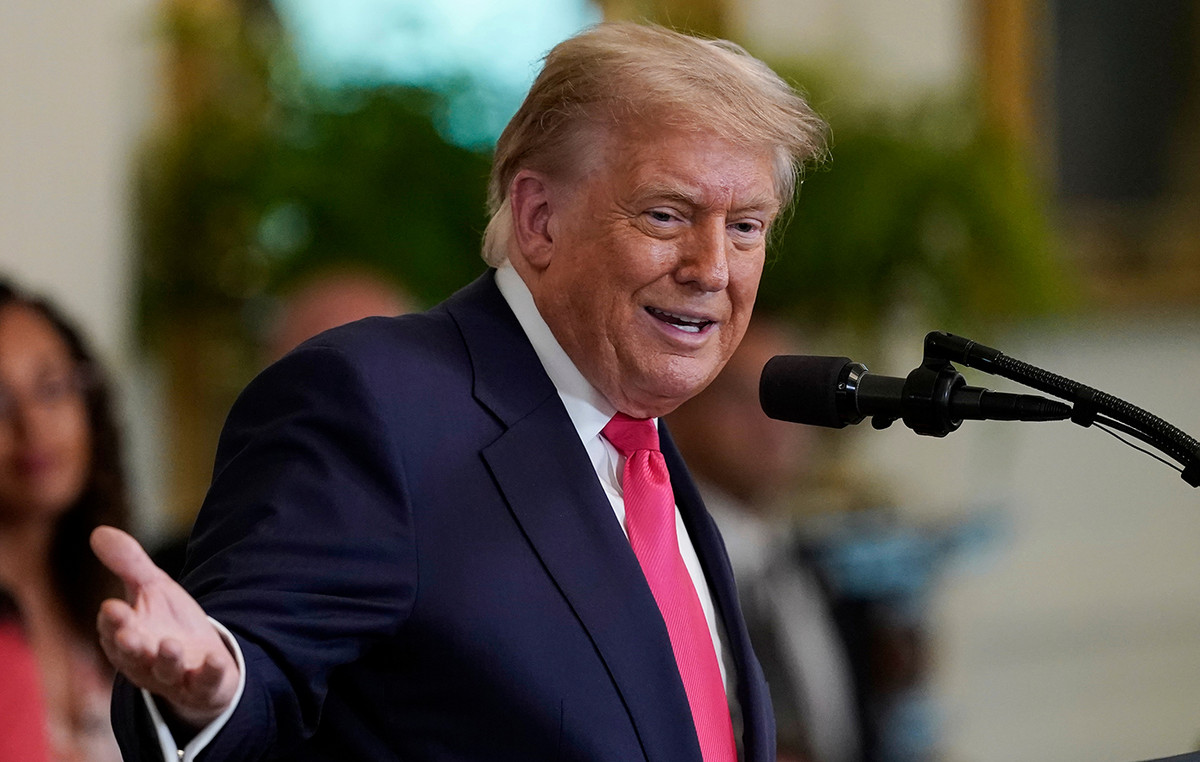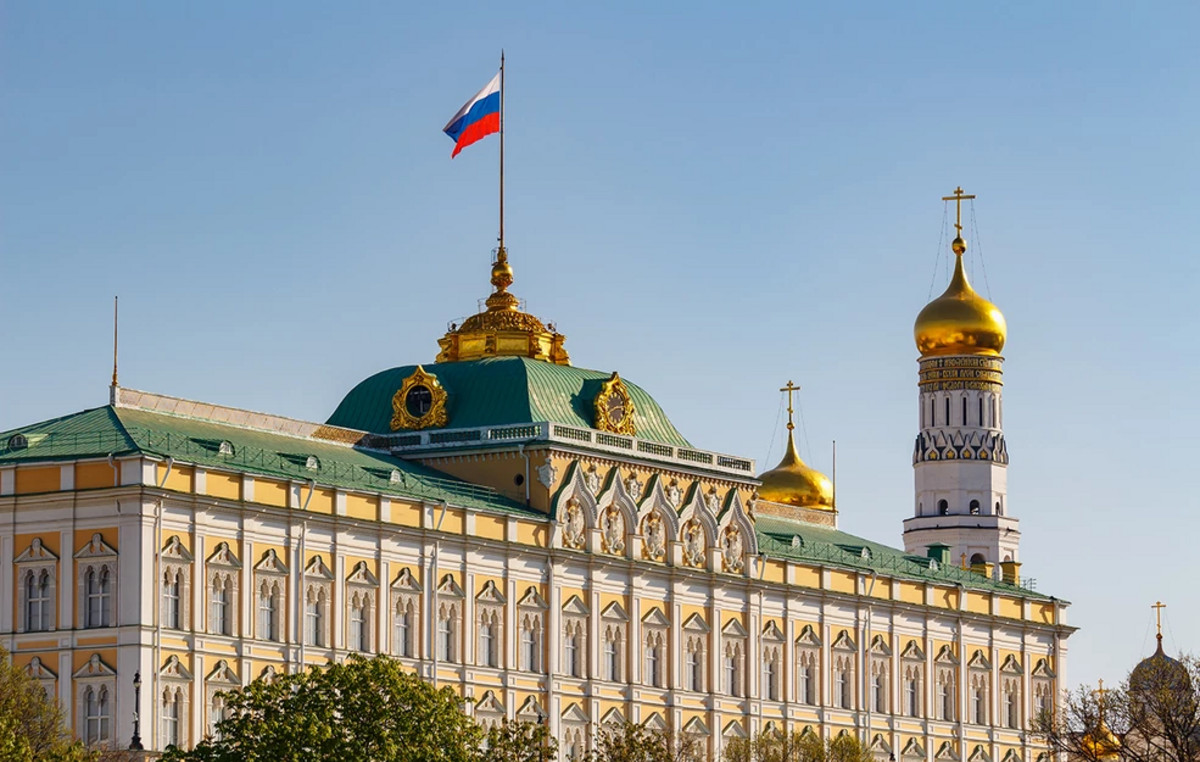- The Japanese Yen extends his profits, with the USD/JPY falling to about 143.00 during European hours on Friday.
- The underlying IPC of Japan rises 3.5% year -on -year in April, the highest level in two years and above expectations.
- General inflation is 3.6%, as well as the previous month and the lowest level since December.
The Japanese Yen (JPY) continues to be seen against the US dollar (USD), extending their profits after the consumer underlying inflation in Japan surprised up. The USD/JPY torque fell below 144.00 after registering a modest profit on Thursday, to quote about 143.00 during the European session on Friday, with a fall of more than 0.50% in the day.
The National Consumer Price Index (CPI) of Japan rose 3.6% year -on -year in April, matching March and marking the lowest reading since December, while the underlying IPC, which excludes fresh food prices but includes energy, rose 3.5% year -on -year, from 3.2% in March and slightly above the market forecast of 3.4%. This marks the highest underlying inflation impression in two years, pointing out persistent price pressures in the economy.
The last increase in inflation was mainly driven by a strong increase in food prices, which fired 7.0% year -on -year, since many companies increased prices in April, with rice prices almost doubleing at 98.6% compared to the previous year.
The latest inflation data has fueled new speculation that the Bank of Japan (BOJ) could consider even more policy tightening in the coming months. The vice governor of the BOJ, Shinichi Uchida, told at the beginning of the week that the Central Bank could continue to increase interest rates if the Japan economy is recovered from the impact of the highest US tariffs, pointing out that inflation will probably be maintained near the 2% objective if the conditions are developed as projected. The BOJ decided to maintain its short -term key interest rate without changes in 0.50% at its May meeting.
That said, a Reuters survey between May 7 and 13 showed that most economists expect the BOJ to maintain interest rates without changes until September. However, a slight majority favored an increase in rates before the end of the year, reflecting growing expectations of a gradual change in politics as inflation remains high.
The Yen also receives support from a US dollar in general weak, since the broader feeling remains cautious, and the growing fiscal risks of the United States and geopolitical uncertainty limit the appetite of investors by the dollar. The American dollar index (DXY), which tracks the USD in front of a basket of six main currencies, failed to win traction despite the optimistic preliminary data of the purchase managers index (PMI) of Global S&P for May published on Thursday and retreated from the 100.00 mark to quote around 99.30, marking a new weekly minimum.
In the commercial front, Prime Minister Shigeru Ishiba has described US tariffs, including 25% on cars, as a “national crisis” for the fourth largest economy in the world. The main commercial negotiator of Japan, Ryosei Akazawa, left for Washington on Friday to start a third round of conversations to relieve commercial tensions and avoid more economic repercussions.
FAQS inflation
Inflation measures the rise in prices of a representative basket of goods and services. General inflation is often expressed as an intermennsual and interannual percentage variation. The underlying inflation excludes more volatile elements, such as food and fuel, which can fluctuate due to geopolitical and seasonal factors. The underlying inflation is the figure on which economists focus and is the objective level of central banks, which have the mandate of maintaining inflation at a manageable level, usually around 2%.
The consumer price index (CPI) measures the variation in the prices of a basket of goods and services over a period of time. It is usually expressed as an intermennsual and interannual variation. The underlying IPC is the objective of the central banks, since it excludes the volatility of food and fuels. When the underlying IPC exceeds 2%, interest rates usually rise, and vice versa when it falls below 2%. Since higher interest rates are positive for a currency, higher inflation usually translates into a stronger currency. The opposite occurs when inflation falls.
Although it may seem contrary to intuition, high inflation in a country highlights the value of its currency and vice versa in the case of lower inflation. This is because the Central Bank will normally raise interest rates to combat the greatest inflation, which attracts more world capital tickets of investors looking for a lucrative place to park their money.
Formerly, gold was the asset that investors resorted to high inflation because it preserved their value, and although investors often continue to buy gold due to their refuge properties in times of extreme agitation in the markets, this is not the case most of the time. This is because when inflation is high, central banks upload interest rates to combat it. Higher interest rates are negative for gold because they increase the opportunity cost to keep gold in front of an asset that earns interest or place money in a cash deposit account. On the contrary, lower inflation tends to be positive for gold, since it reduces interest rates, making bright metal a more viable investment alternative.
Source: Fx Street
I am Joshua Winder, a senior-level journalist and editor at World Stock Market. I specialize in covering news related to the stock market and economic trends. With more than 8 years of experience in this field, I have become an expert in financial reporting.

